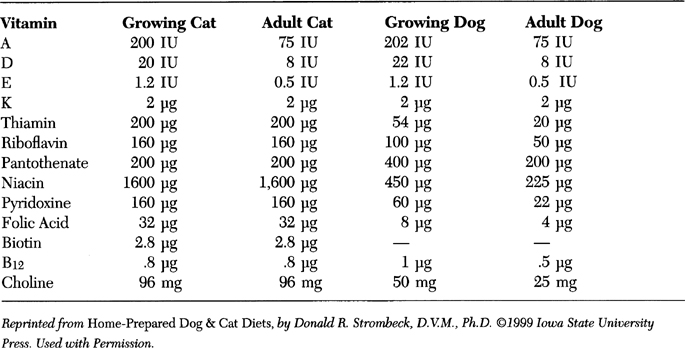 VANADIUM (Vanadyl sulfate, vanadate)
VANADIUM (Vanadyl sulfate, vanadate) VANADIUM (Vanadyl sulfate, vanadate)
VANADIUM (Vanadyl sulfate, vanadate)Common Use
Diabetes
Vanadium is a mineral, and evidence from animal studies suggests it may be an essential micronutrient.
In people as well as pets, there are no well-documented uses for vanadium, and there are serious safety concerns regarding its use. However, vanadium has been proposed to be of benefit in patients with diabetes as vanadium has insulin-like properties and may inhibit protein tyrosine phosphatase (PTP).
Studies in rats with and without diabetes suggest that vanadium may have an insulin-like effect, reducing blood sugar levels. Based on these findings, preliminary studies involving human subjects have been conducted, with promising results.
Based on promising animal studies, high doses of vanadium, like chromium, have been tested as an aid to controlling blood sugar levels in people with diabetes. However, animal studies suggest that taking high doses of vanadium can be harmful.
In various studies in people, vanadium has been used at doses thousands of times higher than is present in the diet, as high as 125 mg per day. However, there are serious safety concerns about taking vanadium at such high doses. Many doctors do not recommend that people exceed the nutritional dose of 10 to 30 mcg daily (some people with diabetes are prescribed 50 to 100 mcg/day).
To date, most doctors feel that studies using vanadium were all too small to be taken as definitive proof. More research is needed to definitely establish whether vanadium is effective (not to mention safe) for the treatment of diabetes.
New organic forms of vanadium have been synthesized; these include vanadyl acetylacetonate, vanadyl 3-ethylacetylacetonate, bis (maltolato) oxovanadium. These forms appear to be safer than vanadyl sulfate and are well tolerated in diabetic cats.
In small studies in cats, the use of vanadium did improve clinical signs and reduce blood glucose levels with minimal signs of toxicity.
With insulin-resistant type II diabetics, vanadium may help balance glucose levels by increasing glycogen synthesis (glycogen is a storage form of glucose). Because vanadium mimics many of the effects of insulin, it may improve blood sugar balance. In some studies, vanadium supplements have been shown to lower plasma glucose levels, improve insulin sensitivity, increase glucose uptake and decrease blood fat levels in type I and type II diabetes.
In pets with diabetes, dosages of 0.2 mg/kg daily for vanadium and 1 mg/kg daily for vanadyl sulfate seem safe. Some holistic veterinarians adapt the recommended human dose of vanadium to pets, using 50 mcg/day for small dogs and cats, 75 mcg per day for medium-sized dogs, and 100 mcg per day for larger dogs. The dosage of one-half of a capsule of Super Vanadyl Fuel (Twin Laboratories, Hauppage, New York) given once daily on the food of diabetic cats appears safe. However, you should not administer vanadium (or chromium) to your pets unless they’re under veterinary supervision.
Studies of diabetic rats suggest that, at high dosages, vanadium can accumulate in the body until it reaches toxic levels. Based on these results, high dosages of vanadium can’t be considered safe for human use; similar concerns are probably reasonably applied to dogs and cats.
Vitamin Requirements for Growing and Adult Cats and Dogs
